By Peter A. Goetz
Design work for a minimum-size atomic warhead called the XW-51 began at the University of California Radiation Laboratory in the mid 1950s. It later shifted to the Los Alamos Scientific Laboratory, which was also working on compact warheads, and re-designated the W-54 in January 1959. Initially intended to be used for lightweight thermonuclear weapons, the prototype subsequently was adapted for a variety of tactical uses by the armies in the field.
XW-51 precursors, as well as compact LASL designs, were first evaluated as part of Operation Plumbbob at the Nevada Test Site in 1957. The most powerful of these Plumbbob prototypes was a boosted, plutonium-cored implosion device that produced a 9.7-kiloton yield. This device incorporated the latest technological advances, prominent among them the powerful, plastic-bonded explosives (PBX) that could be machined into lenses that shaped a perfectly symmetrical shock wave to compress the fissile core to the density needed to sustain an atomic chain reaction. Deuterium-Tritium gas-boosting was also used, a technology first evaluated with a sealed beryllium core during Operation Teapot in 1955. Known as fusion boosting, this process used neutrons from the fusion of a D-T gas mixture blown into a hollow core just before detonation to greatly accelerate the chain reaction.
Because it was fusion-boosted, the core was beryllium-encased. Beryllium reflects stray neutrons back into the core to provide additional acceleration of the chain reaction and thus eliminates heavy tampers and the bulk of levitation. A thickness of an inch or two can reduce the radius of a core by about 50%. Because beryllium is only one-tenth as dense as plutonium, this results in additional mass savings. A final important advance was an electronic, external neutron initiator that replaced the older, internal mechanical initiator. Colloquially called “zippers,” external initiators were first used during Operation Teapot in 1955. These devices relied on a miniature linear particle accelerator called a “pulse neutron tube” that collided deuterium and tritium nuclei together to generate high energy neutrons through a fusion reaction and could be placed anywhere within the warhead.
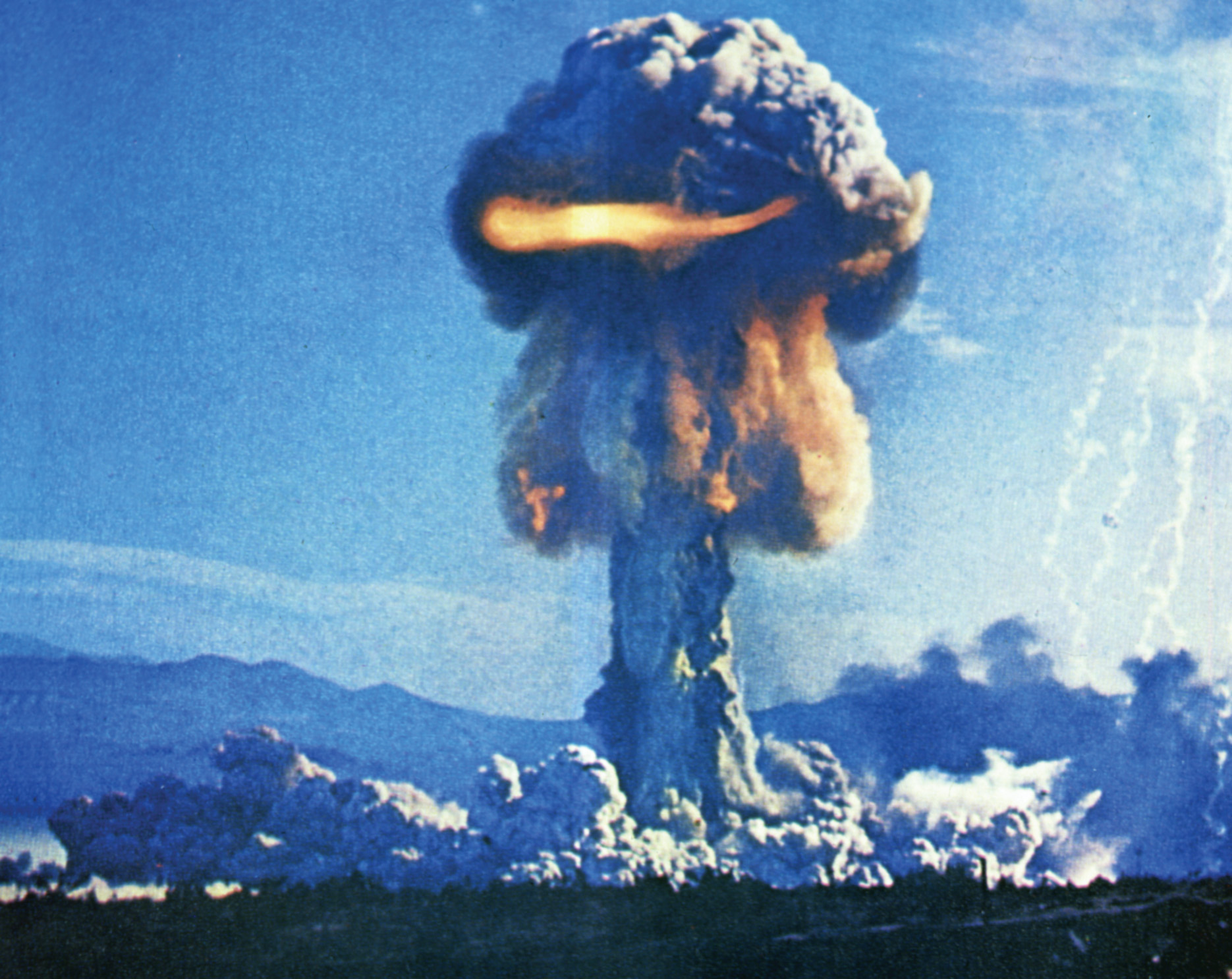
Two other full-yield tests were carried out during Operation Plumbbob. One was a 197-ton retest of Lassen, a fizzled-uranium design that was the precursor for a W-54 air-to air-warhead known as the “Wee Gnat” or simply “Gnat.” As well as full-yield tests, a one-point safety test of a LASL plutonium device (weight 64.6 pounds, dimensions 11.75 by 15 inches) was carried out at the bottom of an unstemmed, 485-foot shaft. One-point safety tests verified the weapon’s ability to generate a nuclear yield of less than four pounds of TNT in case of an accident. The actual yield was 55 tons, considerably higher than expected, and sent blue fire shooting hundreds of feet into the air.
Production Begins on the W-54 Warheads
Production of W-54 warheads by the Atomic Energy Commission was begun in April 1961. These early warheads were used to arm the Davy Crockett recoilless launcher and Falcon air-to-air missile. The Falcon GAR-11 (later the AIM-26A) missile was a complement to Genie, an 800-pound predecessor with a range of six miles. The short range and size of the unguided Genie were dictated by it 220-pound, 1.7-kiloton W-25 warhead, which severely limited its attack profile. The missile’s inability to turn made vectoring attacks difficult, while a head-on approach was suicidal due to the magnitude of the warhead’s blast and the high closing speeds of jet combat. Genie’s weight also restricted weapon load-out.
The success of air-to-air guidance technology, particularly in the Semi-Active Radar Homing Hughes Super Falcon GAR-3 (later the AIM-4) introduced in 1958, caused the United States Air Force to issue a call for nuclear-armed, air-to air-missiles with an all-aspect attack capability. Hughes Industries achieved this with the AIM-26A, introduced in 1961. Because of its light W-54 warhead, the weight of AIM-26A was kept to 203 pounds. Its seven-foot length and 11-inch diameter were slightly larger than the predecessor AIM-4. The choice of SARH homing technology allowed the interceptor’s powerful radar to burn through enemy countermeasures and gave the missile an all-weather attack capability. The explosive yield for the W-54 variant that armed this missile was between 250 and 500 tons, which allowed an interceptor to maintain a target heading to provide radar illumination for the seekers in Falcon’s warhead. The W-54 was exploded by four active radar-proximity fuses.
Deployment of 1,900 AIM-26A missiles was initially on F-102 Delta Dagger interceptors, but later was expanded to the F-106 Delta Dart and F101 Voodoo. These aircraft were part of Air Defense Command assigned to Continental Air Defense , later renamed North American Air Defense (NORAD). In 1958, just prior to the missile’s deployment, the first Semi-Automatic Ground and Environment System came to life at McGuire Air Force Base in New Jersey. SAGE was a series of computers that hooked together the DEW Line, Mid Canada Line and Pine Tree Line radar systems with CONAD’s Cheyenne Mountain headquarters. This system was designed to detect incoming Soviet bombers and provide information to direct nuclear-armed fighters to intercept and destroy them. Genie and Falcon were eventually phased out as the performance capabilities of infrared-seeking Sidewinder and radar-guided Sparrow missiles increased and bomber tactics switched to low-level attack profiles where a nuclear interception would have produced unacceptable collateral damage on the ground. The last AIM-26A was removed from service in 1971.
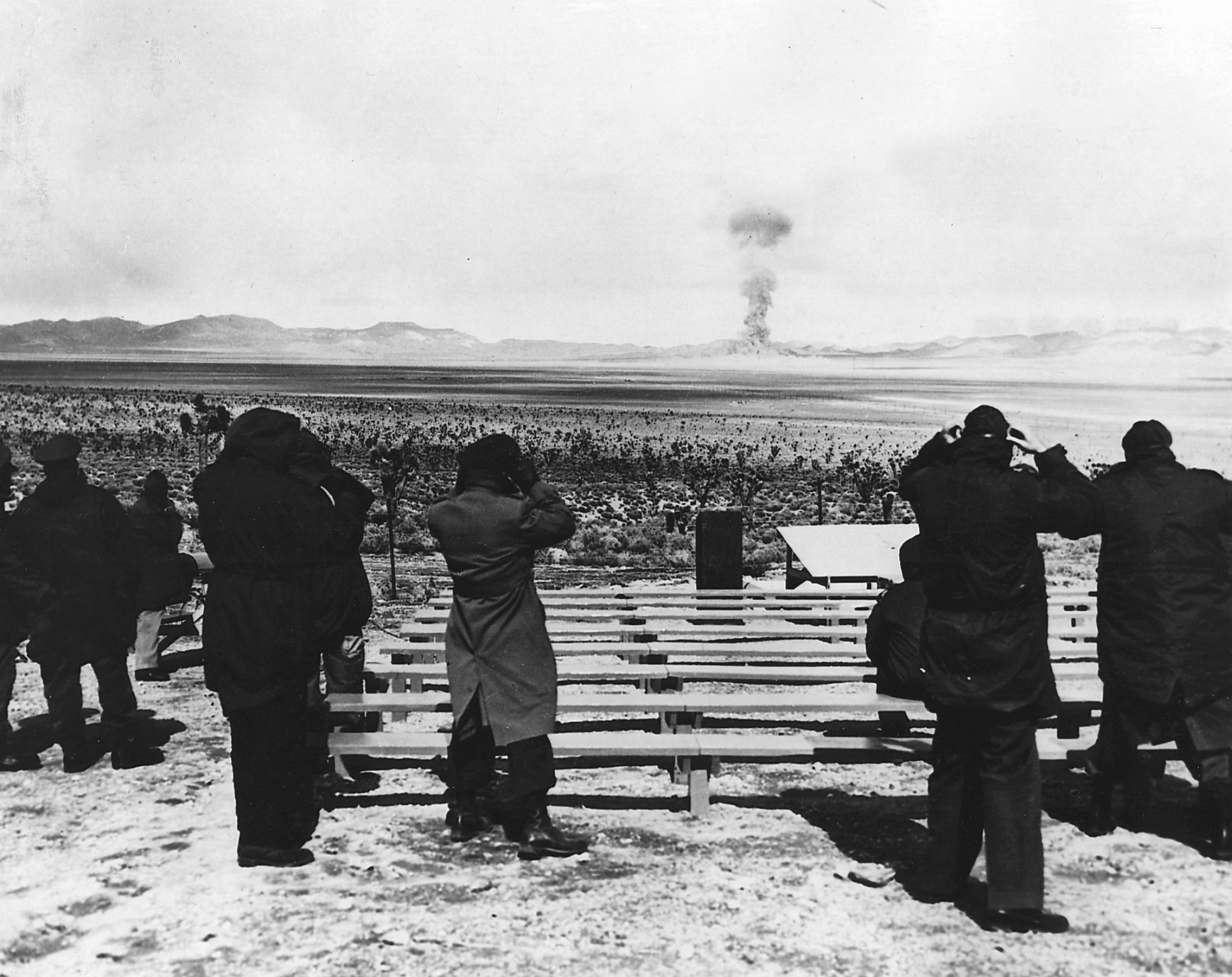
Facing the brunt of a Soviet attack in Europe, the U.S. Army needed quick-response weapons with which to counterattack in depth. The result was the acquisition and deployment of a broad range of tactical nuclear weapons and delivery systems. At one point, the Army estimated that it needed 151,000 nuclear weapons to fight a protracted war with the Soviet Union—106,000 for battlefield use, 25,000 for air defense and 20,000 for Allied support. Daily consumption was estimated at 423 warheads, exclusive of air-defense requirements. In the early to mid 1960s, the Army’s tactical nuclear weapons included two 40-kiloton, 8-inch artillery shells and 70 155-millimeter artillery shells, each of which had a range of about nine miles. It also included the M-50 Honest John unguided rocket, which was able to carry a 40-kiloton W-31 warhead a distance of 30 miles; the 85- mile range Sergeant SRBM, armed with a 200-kiloton W-52 warhead; and the W-50-armed Pershing MRBM, which had a range of 460 miles.
The Davy Crockett Recoilless Launcher
For short-range requirements, Davy Crockett was employed. The Davy Crockett recoilless launcher was available in two models—a light, 120-millimeter M-28 launcher with a length of 5 feet, 1 inch and a weight of 116 pounds, and a heavy, 155-millimeter M-29 launcher with a length of 8 feet, 2 inches and a weight of 371 pounds. Both used the same 76-pound, 31-inch-long XM388 round incorporating either a conventional or W-54 warhead. The XM388 was projected at a maximum distance of one and a quarter miles by light launcher and two and a half miles by heavy launcher. The light launcher could be fired from a jeep or man-carried and fired from a tripod. The heavy launcher was carried into action on an M-113 armored personnel carrier or in a truck and fired dismounted from a tripod.
The operating mechanism of the recoilless launcher was similar to that of early rifle grenades. A powder charge with its own firing mechanism was placed into the barrel of the weapon. Then a firing rod or spigot was screwed into the base of the XM388 round, and the spigot slid into the barrel of the launcher until the round was flush with the weapon’s muzzle. The powder charge propelled both the round and the spigot to the target area. Some of the propellant gases were allowed to escape from a nozzle at the rear of the weapon to counteract recoil. A 37-millimeter cannon that fired a depleted-uranium spotting round was attached beneath the barrel for sighting. The advisability of driving jeeploads of kiloton-range warheads to within a mile of an aggressively advancing Soviet division was questionable. The non-nuclear components of the XM388 round were manufactured by the Rock Island Arsenal.
The warhead was detonated by a timer that was set according to firing distance and provided for a safe minimum range of 1,000 feet. This helped to produce an air burst to minimize fallout. Two XM388 tests were conducted at NTS during Operation Sunbeam in 1962. In one, witnessed by President John F. Kennedy and General Maxwell D. Taylor, an M29 launcher fired its nuclear round a distance of 1.7 miles, where it detonated 40 feet above the surface with a yield of 18 tons. The blast of a 20-ton XM388 round, while destructive to structures within a radius of 500 feet, was not its most deadly feature. Instead, the radiation it produced subjected exposed individuals to a 10,300-REM dose at 500 feet and a 500-REM dose at 1,000 feet. The first dose would be immediately incapacitating, while the second would be fatal within days to about half of those exposed. For this reason, Davy Crockett can be thought of as a forerunner to enhanced radiation weapons, or neutron bombs.
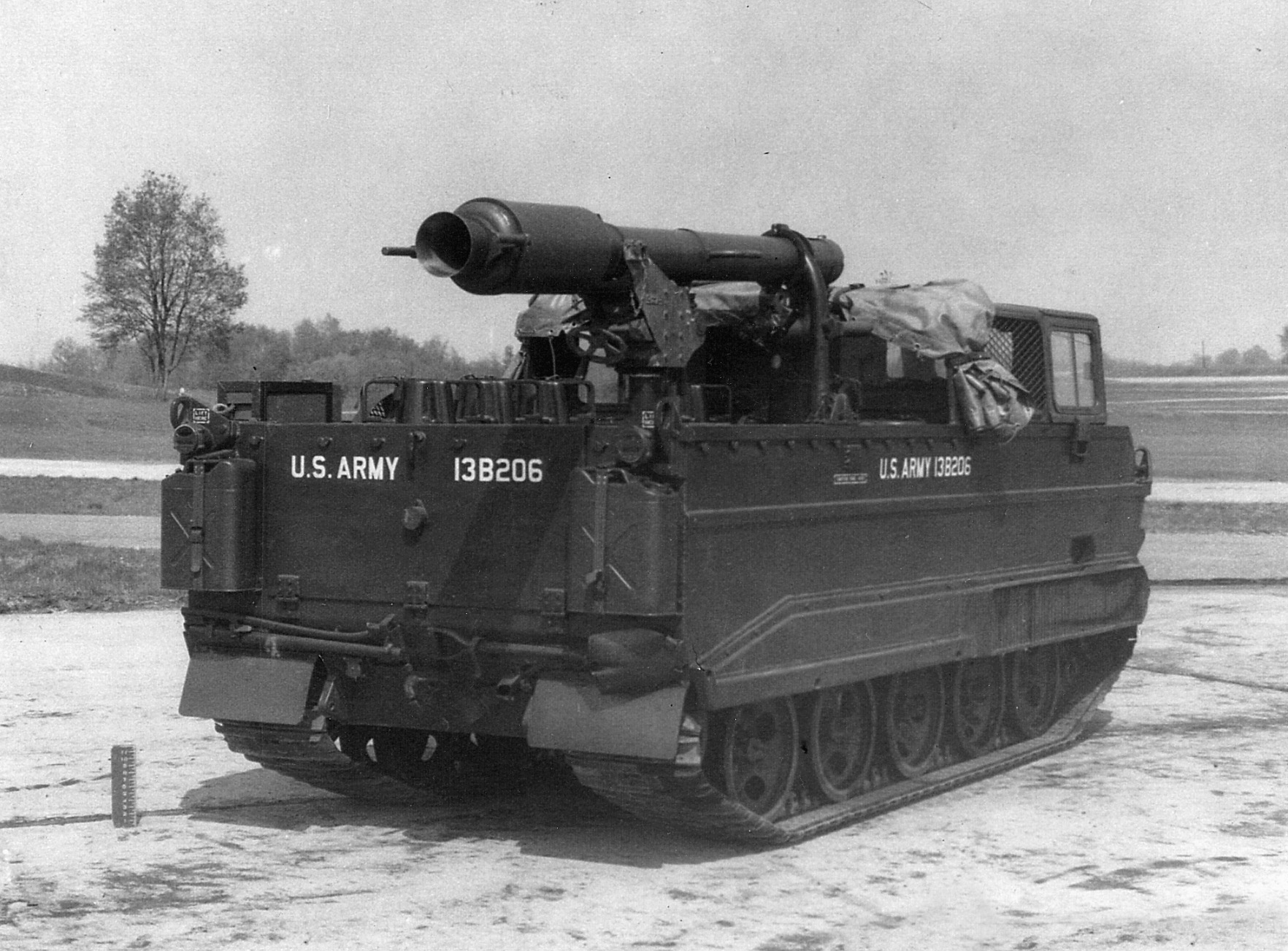
Davy Crockett was never deployed as extensively as originally envisioned. Although funding was okayed for 6,247 guns, only 2,100 were produced, along with 400 XM-388 rounds. The nuclear rounds were manufactured between April 1961 and February 1965. Instead of hundreds of Davy Crockett-armed squads roaming the nuclear battlefield, a limited number of Atomic Battle Groups, consisting of an officer and 12 men, were assigned to battalion headquarters companies by special authorization of the Department of the Army. With four launchers under his control, a battalion commander had the capability of initiating a nuclear-fire mission within minutes. Even so, the Davy Crockett’s utility depended on decentralized control. The weapon was viewed negatively by the Kennedy administration and by field commanders in Europe. Test firings described as “too inaccurate to deliver even low-yield nuclear fires” led to a short deployment for Davy Crockett, with retirement taking place over the period 1967 to 1971.
B54 Special Atomic Demolition Munition (SADM)
The final weapon to make use of the W-54 warhead was the B54 Special Atomic Demolition Munition (SADM). The primary purpose of atomic demolition munitions was to breach enemy defenses or to deny various facilities and approach routes to an advancing enemy. SADM was deployed concurrently with the larger W-45 based Medium Atomic Demolition Munition (MADM). SADM had a variable yield in a range from 10 tons to one kiloton. It came complete in a shipping case that measured 35 inches by 26.6 inches by 26.2 inches and weighed 163 pounds. The case, which also contained arming and firing components, was nicknamed “the suitcase bomb” because of its shape. It was equipped with a mechanical lock for security. SADM itself was a cylinder 12 inches in diameter and 17 inches long, with a weight of 58.7 pounds.
SADM was equipped with an H-912 backpack for offensive operations. Special Forces troops rigorously practiced training missions in which a SADM-armed team was parachuted into enemy terrain, where it could use the weapon for harassment and interdiction. The two-man rule for nuclear weapons was practiced even here. Divers were also trained to swim the device into an enemy harbor for attacks on shipping and infrastructure. The device was equipped with a special flotation device if divers were parachuted into the water. This kept the unit afloat while the divers readied their underwater gear. In Europe, the placement of the munition to blunt a Soviet thrust was preplanned, although the units were not pre-positioned, being kept under centralized control. The SADM had a mechanical timer with delays available from five minutes to 24 hours. The weapon was manufactured from August 1964 to June 1966, and 300 were produced. The last unit was retired from service in 1989.
Although the W-54 warhead has long since been retired and dismantled, the legacy of the weapon lives on. Its technology is highly sought after by terrorists desiring to prosecute a nuclear attack. Although multi-kiloton yields would be difficult to produce, a yield in the Davy Crockett range would not be insurmountable for a motivated individual or group able to obtain an adequate supply of plutonium. A terrorist weapon with an explosive yield in the 20-ton range could bring down many of the world’s largest structures if properly placed, and its radiation could kill thousands or even tens of thousands of people. The final, unforeseen cost of the XW-51/W-54 will be eternal vigilance.
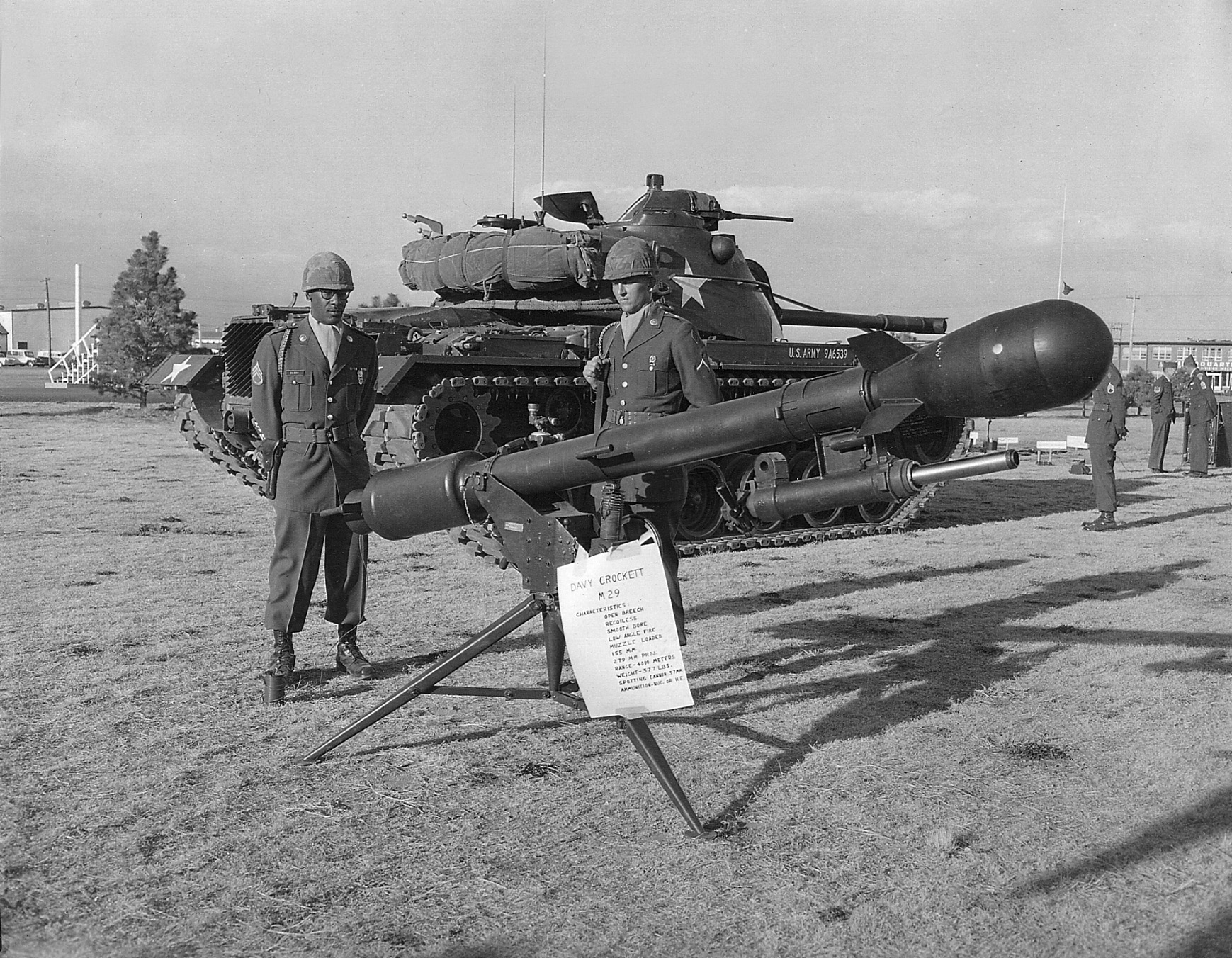
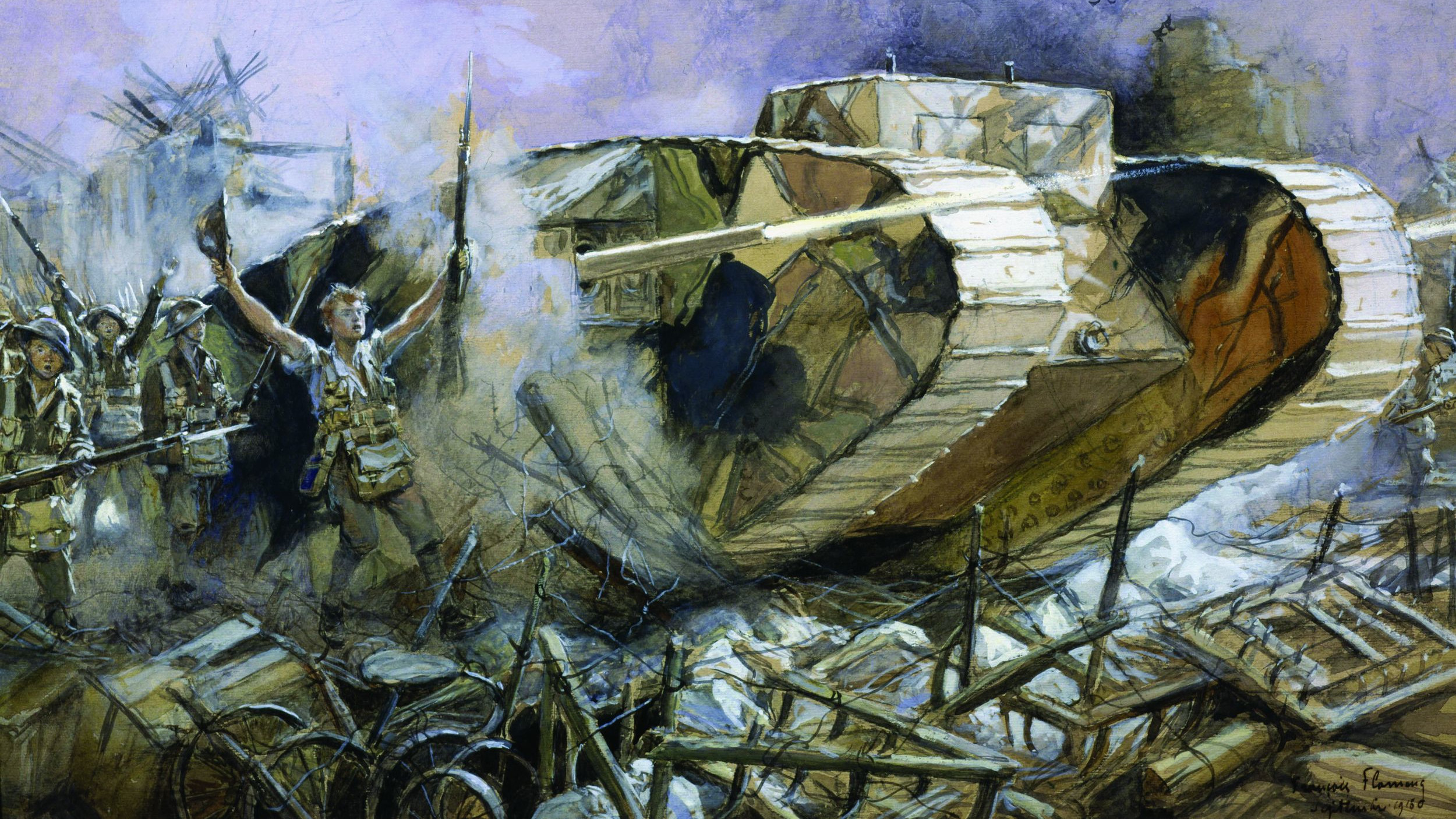
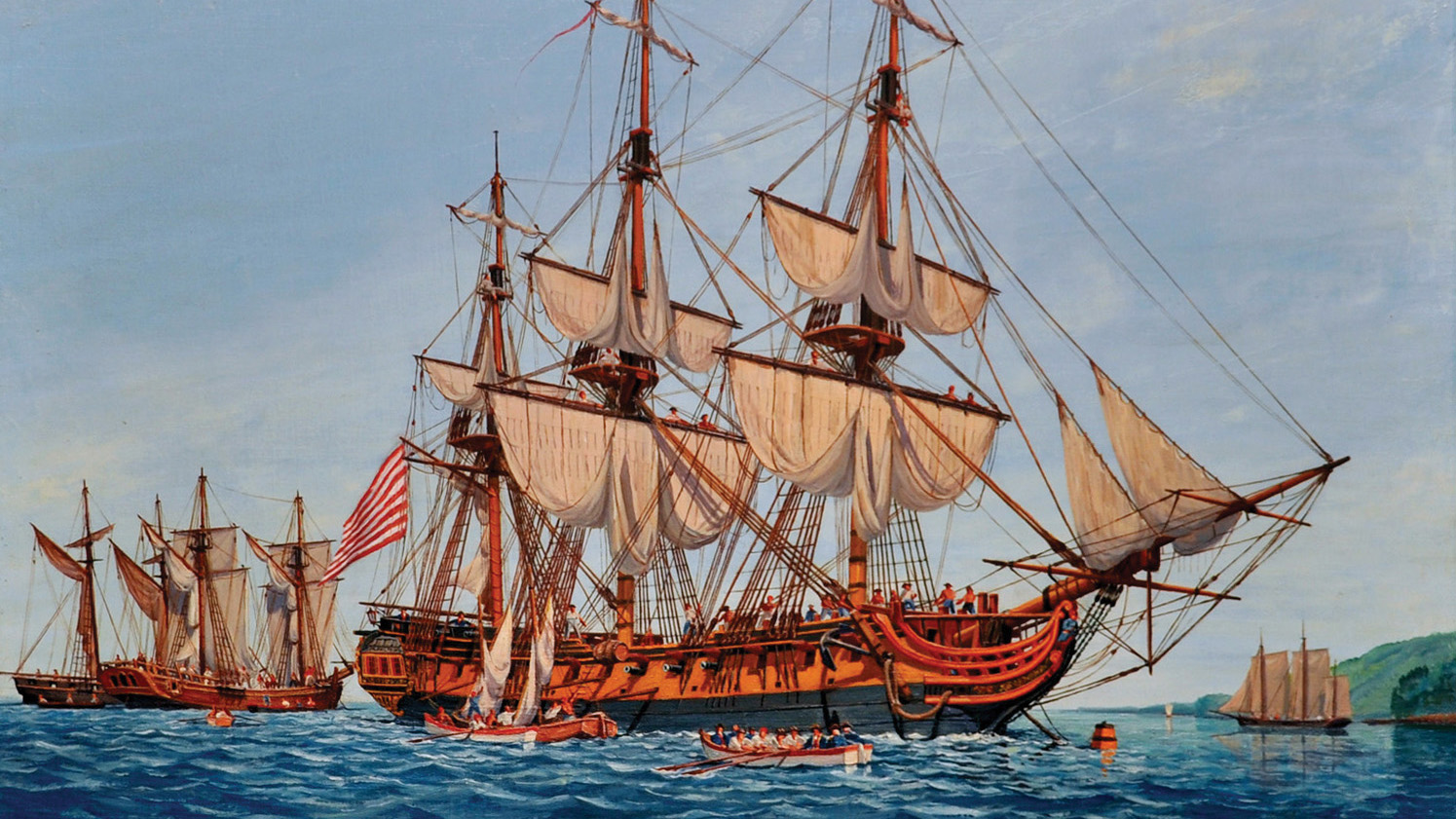
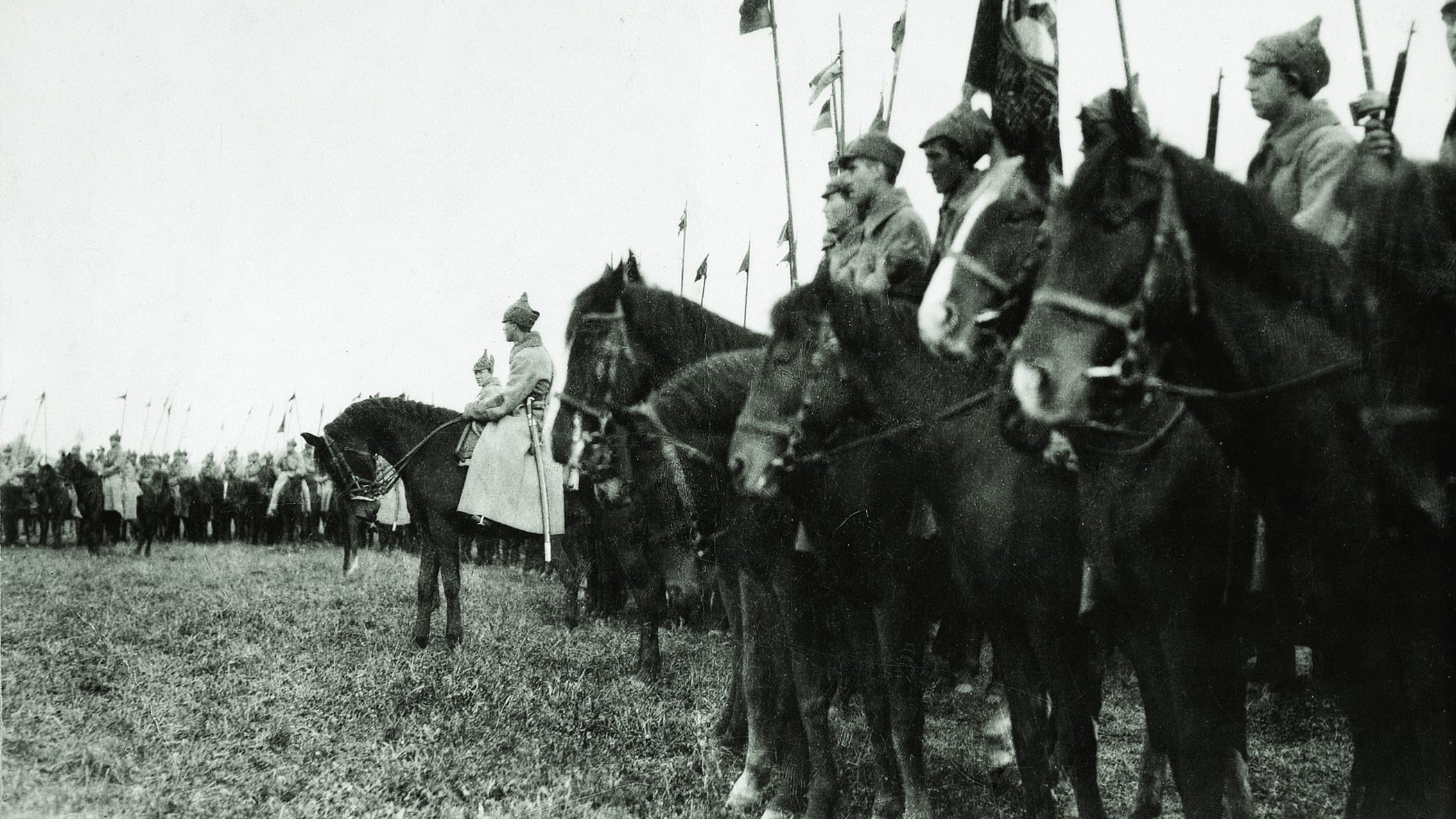
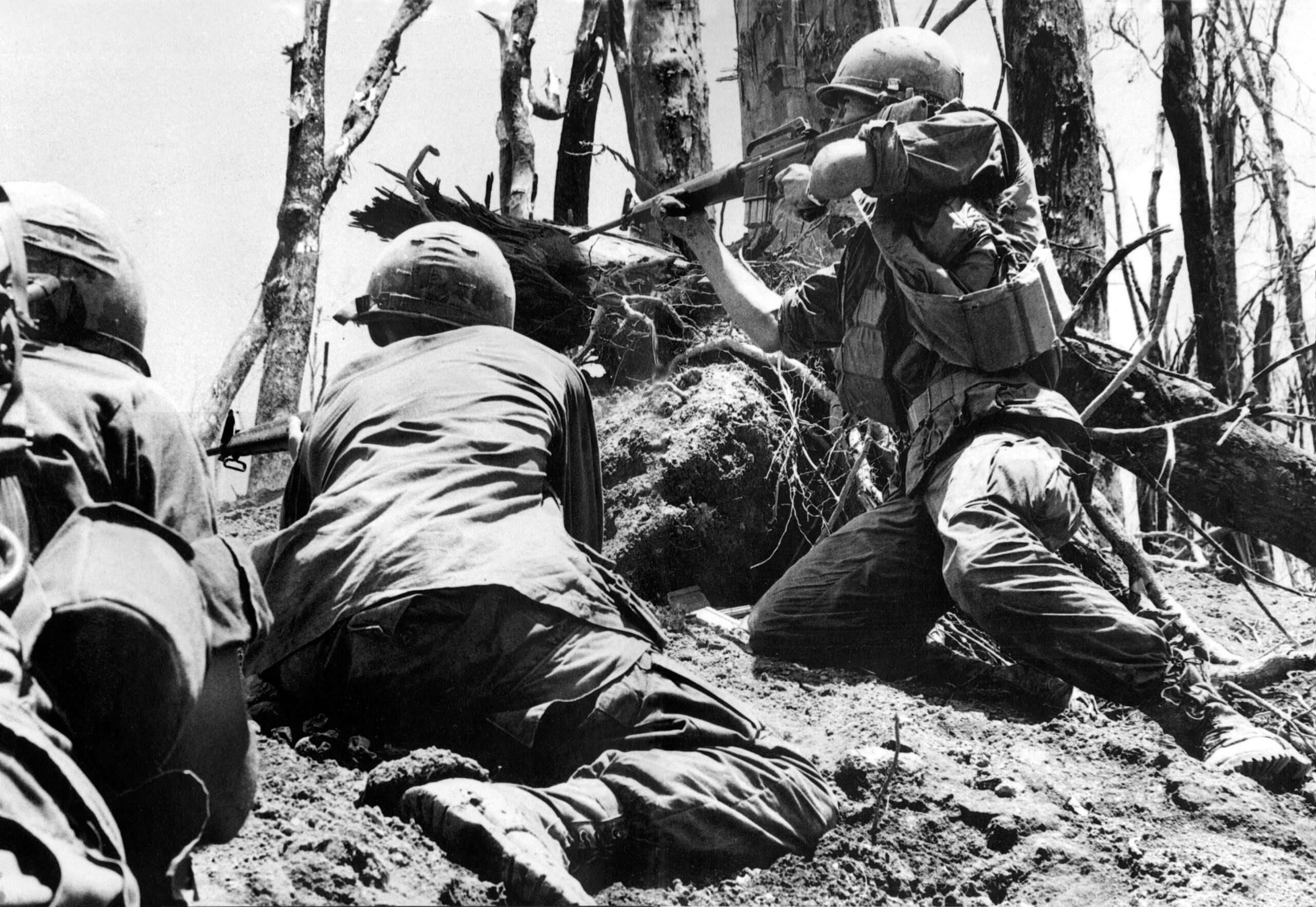
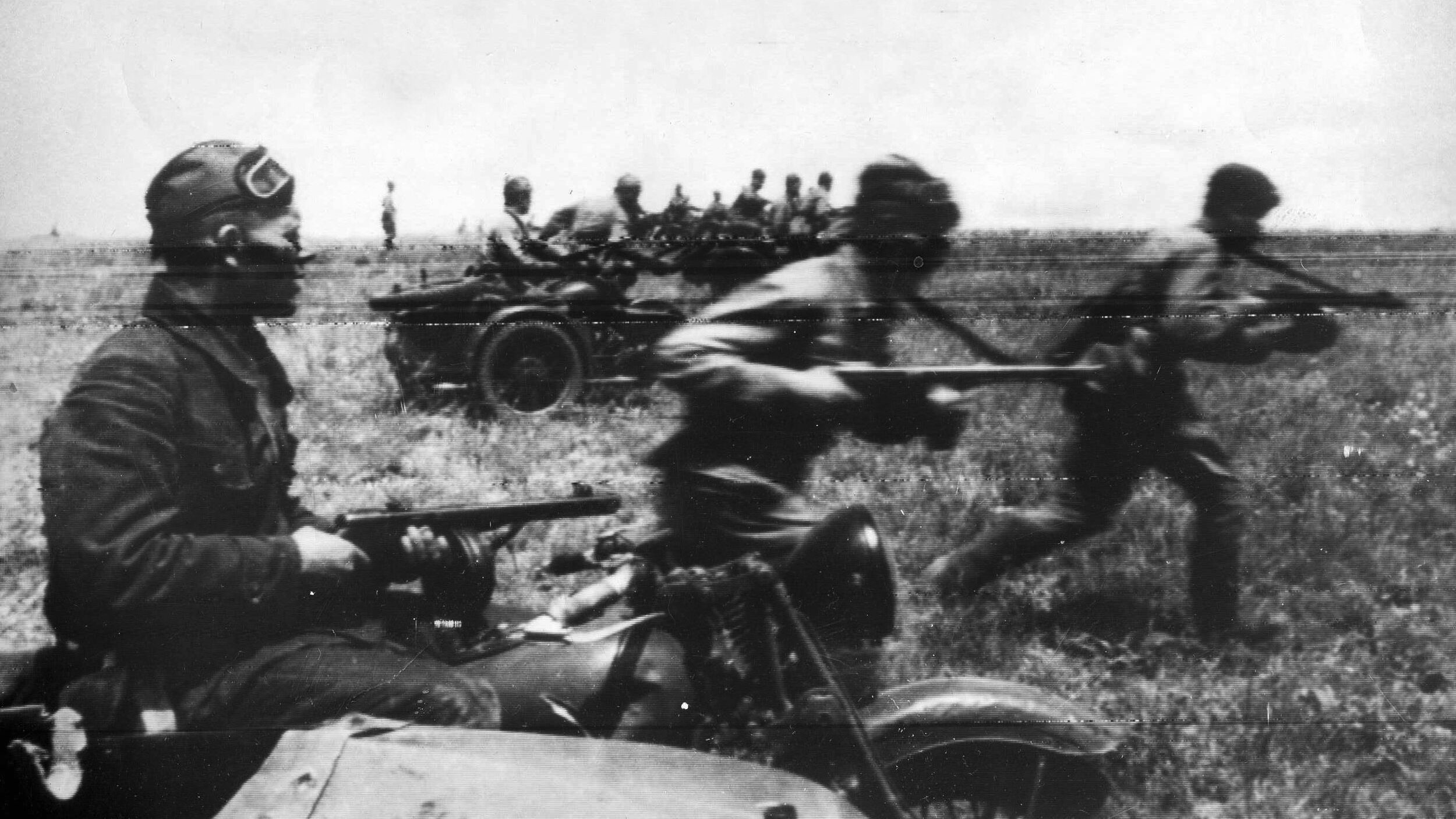
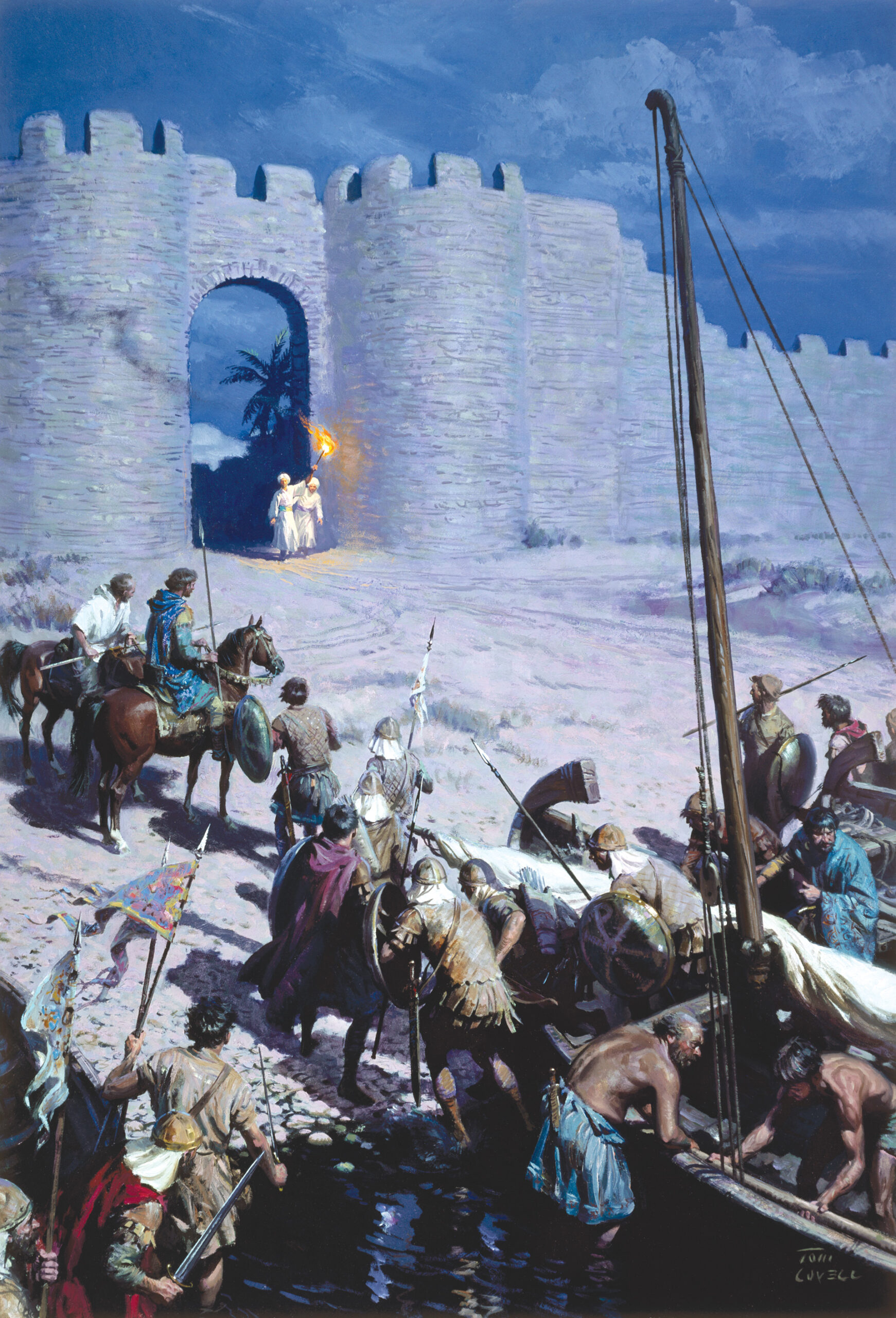
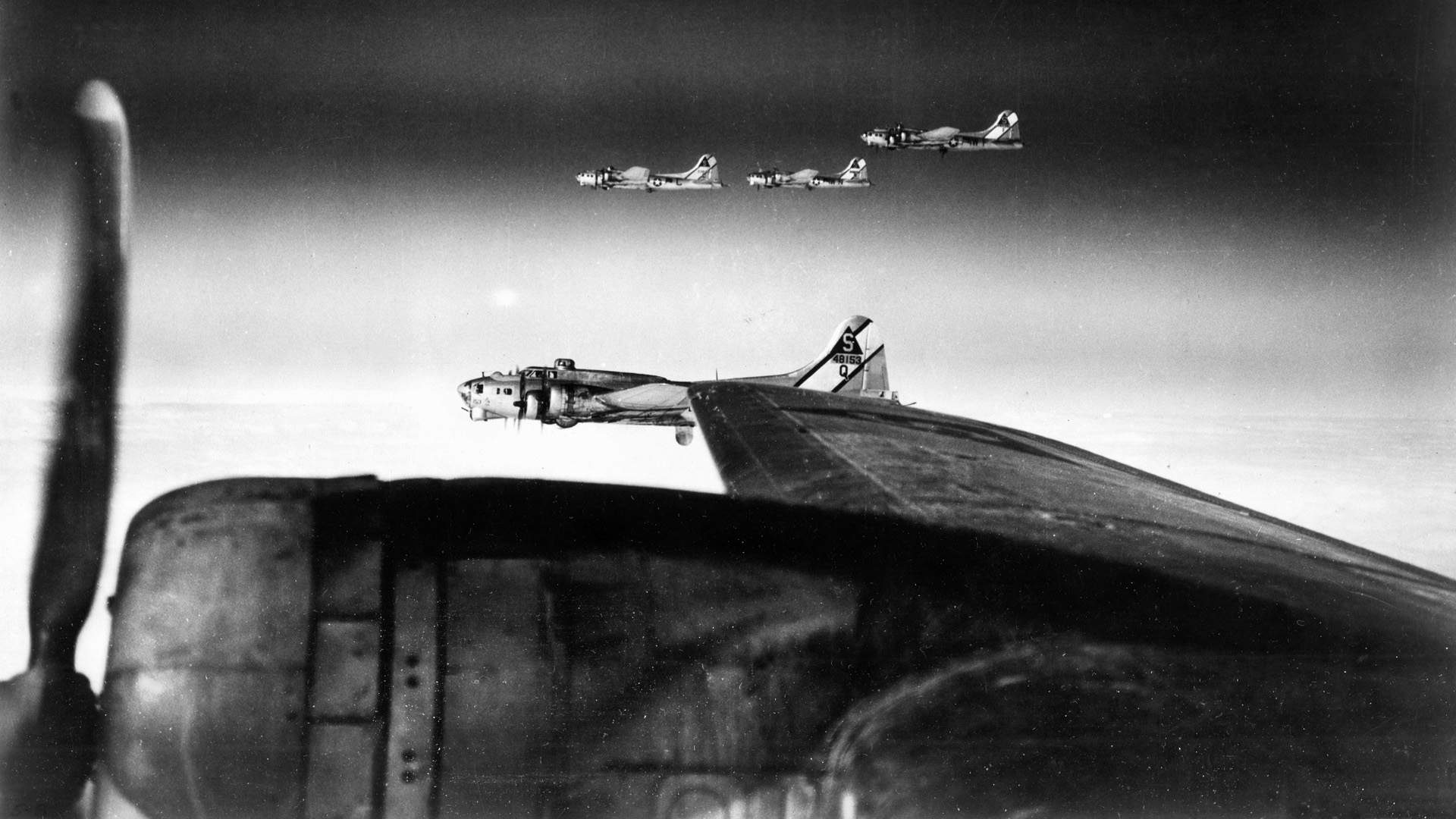
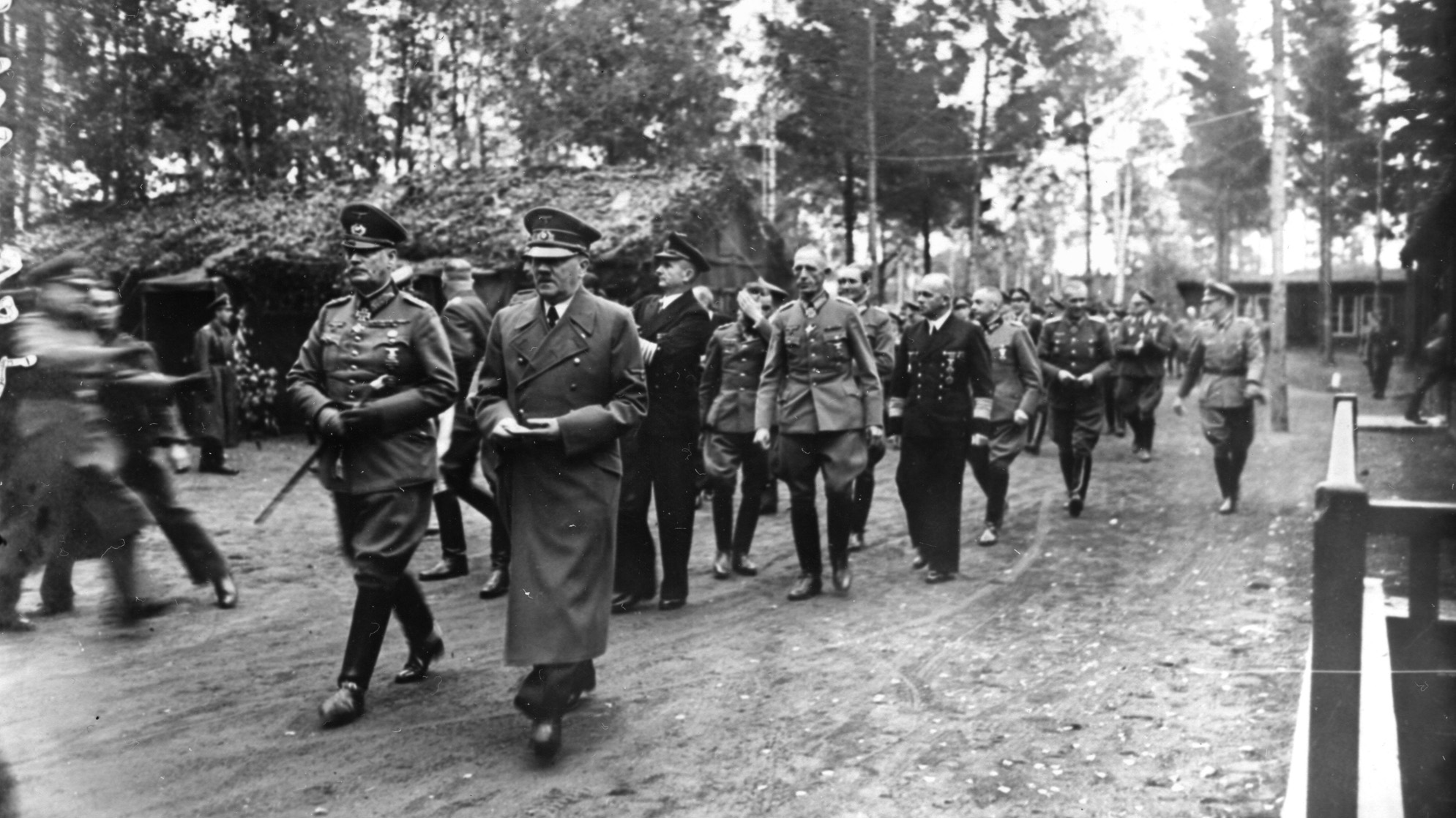
Join The Conversation
Comments
View All Comments